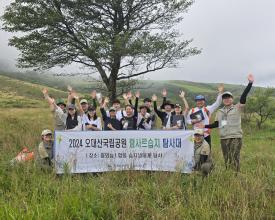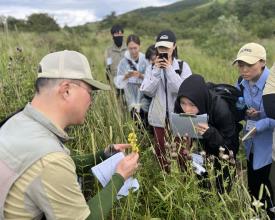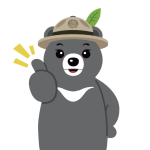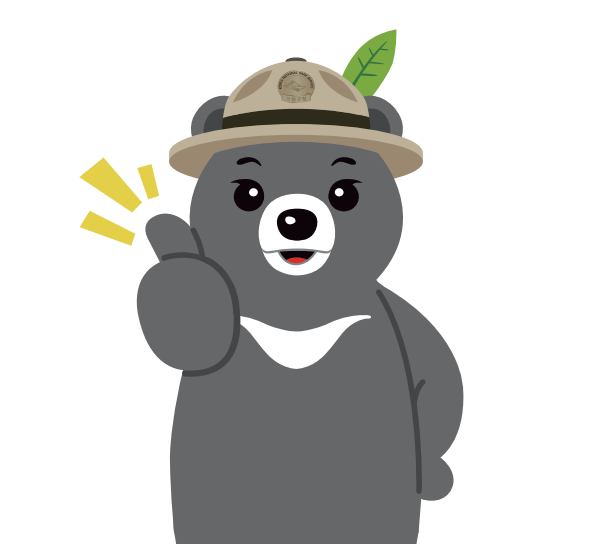
Ramsar Wetland Guardians Program’ in operation at Jilmoe-neup Wetland, the only alpine Ramsar wetland in South Korean National P
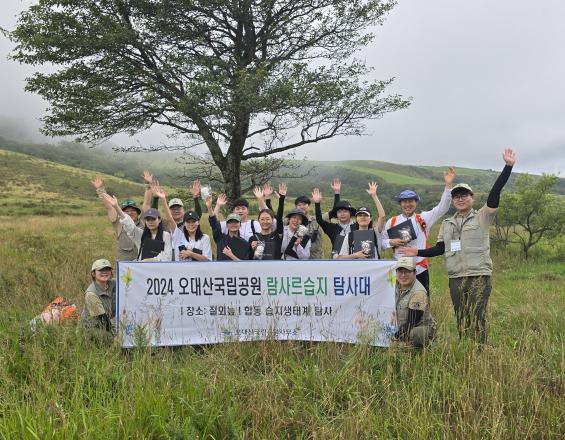
Jilmoe-neup in Odaesan National Park is the only alpine Ramsar wetland within Korea’s national parks and holds significant ecological value. While it is strictly managed for biodiversity and nature conservation, growing concerns over climate change and the push for carbon neutrality highlight the need for broader public interest and involvement in wetland protection. In response, there is a shift from a solely protection-oriented approach toward one that encourages active public participation. It aims to help people rediscover the ecological importance of wetlands and take part in conservation efforts. To support this, the ‘Ramsar Wetland Guardians’ program was developed as the citizen participation program. It combines environmental education with hands-on exploration of wetland ecology. Through the BioBlitz method, participants work alongside experts to survey the biodiversity of Jilmoe-neup, document their findings, and engage in activities that monitor ecological changes within the wetland.
Impacts
Since 2021, the Ramsar Wetland Guardians program has been held monthly from May to August each year. It is open to the general public and university students interested in monitoring national parks and natural resources. After completing environmental education on wetland ecosystems and protected area management, participants are divided into groups by taxonomic category—such as birds, amphibians, mammals, and plants—to conduct biological surveys and compile species lists. They also monitor ecological changes, including fluctuations in wetland area. Over 16 sessions, a total of 173 citizens participated in the program. During this period, 217 species were recorded, including 12 species that had not been previously documented in the area. The program helped confirm the habitat status of endangered species and Natural Monuments.
Through environmental education and field monitoring, participants gained a deeper understanding of the value of wetlands, the importance of ecosystem conservation, and the need for continued environmental protection. By surveying and documenting the biodiversity of Jilmoe-neup, we have built a valuable dataset that provides detailed insights into the current state of the wetland. Additionally, public participation in the program has helped raise awareness of the ecological value of wetlands and the importance of environmental protection.

